
Guest Editorial by Bob Kolasky, Acting Assistant Secretary for Infrastructure Protection in the National Protection and Programs Directorate
Illinois is home to more than 160 high-risk chemical facilities.
Last year, one of these facilities took a direct hit by an F3 tornado that ravaged the building and left significant destruction.
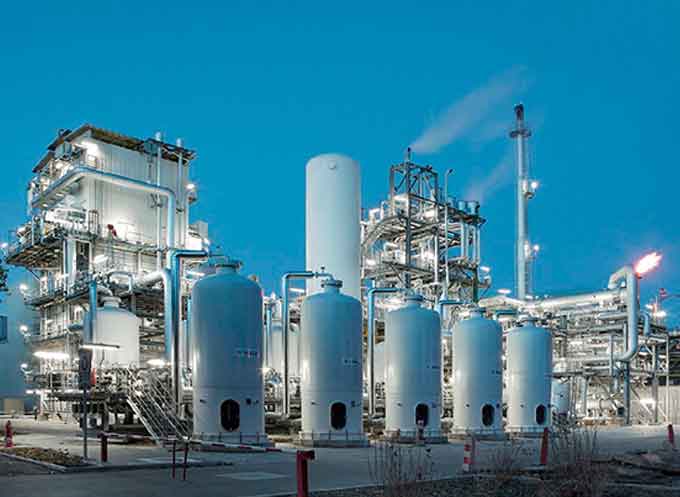
The facility’s security officer said that the security measures required under the Department of Homeland Security’s (DHS) Chemical Facility Anti-Terrorism Standards (CFATS) program helped ensure everyone survived without injury, and the chemicals weren’t affected.
This incident demonstrates that, in addition to enhancing chemical security, CFATS compliance is good business.
While the program is designed to protect the nation against the ongoing threat of terrorists who are targeting chemical facilities, the protective measures that facilities implement under CFATS can have ancillary benefits, making it an even better investment.
Congress authorized the CFATS program to address gaps that existed in securing high-risk chemical facilities.
While the threat of terrorism remains, the CFATS program provides risk reduction measures for high-risk chemical facilities in possession of certain levels of any of over 300 dangerous chemicals, and helps facilities implement a set of enhanced security standards.
The program now covers over 3,400 high-risk chemical facilities—including the 160 in Illinois.

The Midwest is home to industries that rely heavily on chemicals—industries like agriculture, manufacturing, pharmaceuticals and paint.
Facilities considered to be high-risk under CFATS are required to meet security standards that reduce the risk of chemical holdings being stolen, diverted, sabotaged or released in a terrorist attack.
Since the program was established 11 years ago, CFATS-covered facilities have implemented thousands of security measures.
As a result, America’s highest-risk chemical facilities have improved their overall security posture, and in the process made the nation safer and more secure.
Shared commitment and collaboration between the public and private sectors has contributed significantly to the CFATS program’s success.
Through ongoing discussion with industry stakeholders around establishing a sustainable chemical security culture, the program has raised awareness of the threat and the methods to address it.
Furthermore, the CFATS program’s structure and non-prescriptive nature has provided the flexibility needed to streamline and improve compliance.
Of note, the regulated industry considers CFATS an important contributor to national security and has advocated for Congress to reauthorize the program.
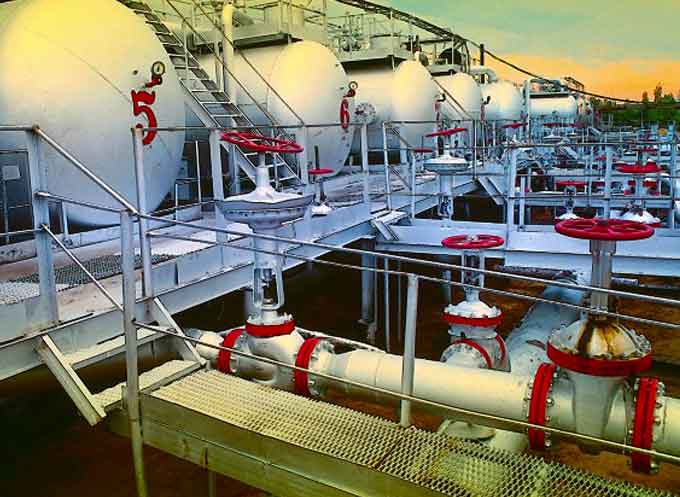
CFATS was initially authorized annually through appropriations legislation, subjecting the program to constant uncertainty.
In 2014, Congress reauthorized the program for four-years, directing the Department to streamline the process, while also granting industry stakeholders the confidence and stability to make long-term security investments.
The 2014 legislation marked a real turning point and we thank Congress for their leadership in protecting our Nation from the threat of chemical attacks.
Now, with just six months before the four-year authorization expires, CFATS needs legislative action to continue the vital work of securing America’s highest-risk chemical facilities.
Failing to reauthorize CFATS for the long-term could be costly.
The persistent terrorist threat that gave rise to the program continues today, and the consequences of a successful attack could be devastating to our economy and our people.
DHS is committed to continuing to work with Congress and stakeholders to reauthorize CFATS and build on the vital work that has been accomplished reduce our risk and elevate security.
As the January reauthorization deadline is fast approaching, we cannot let our guard down in protecting America’s chemicals from terrorism.
About the Author:
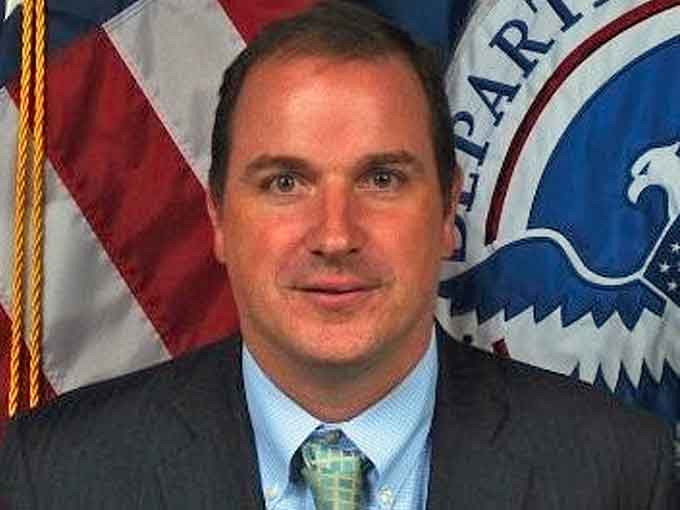
Bob Kolasky, serves as the Acting Assistant Secretary for Infrastructure Protection in the National Protection and Programs Directorate.
Mr. Kolasky is an experienced senior government official with a demonstrated history of achieving homeland security objectives.
A strong strategic leader he is skilled in Organizational Operations, Cybersecurity andInfrastructure Protection, Industry Engagement, Risk Management, Policy Analysis, and Government.
Learn More…
Chemical Facility Anti-Terrorism Standards (CFATS)
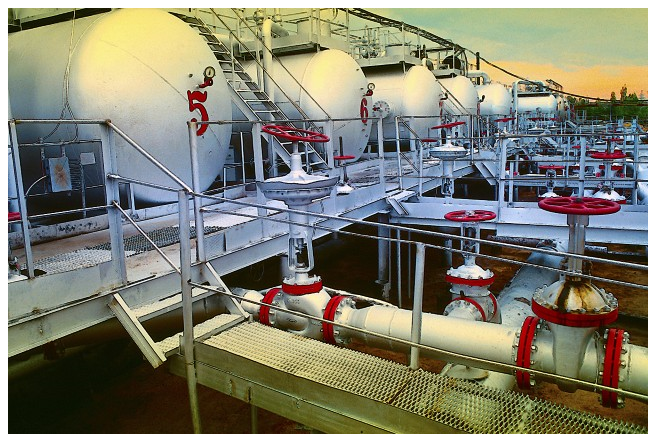 CFATS is the Nation’s first regulatory program focused specifically on security at high-risk chemical facilities.
CFATS is the Nation’s first regulatory program focused specifically on security at high-risk chemical facilities.
DHS, through the Infrastructure Security Compliance Division (ISCD),administers the CFATS program by working with facilities to ensure they have security measures in place to reduce the risks associated with certain hazardous chemicals, and prevent them from being exploited in a terrorist attack.
What is CFATS?
CFATS is a regulatory program (6 CFR Part 27) established in 2007 that addresses chemical security by identifying and regulating high-risk facilities that possess certain chemicals of interest (COI) at specific concentrations and quantities.
In 2014, Congress reauthorized and amended the program through the Protecting and Securing Chemical Facilities from Terrorist Attacks Act of 2014 (6 U.S.C. § 621, et seq).
Under CFATS, a chemical facility is any establishment or individual that possesses or plans to possess any of the 300 chemicals of interest (COI) in Appendix A at or above the listed Screening Threshold Quantity (STQ).
These facilities must report their chemical holdings to DHS via an online an online questionnaire, known as a Top-Screen.
DHS uses the Top-Screen information a facility submits to determine if the facility is considered high-risk and must develop a security plan.
CFATS regulation applies to facilities across many industries—chemical manufacturing, storage, and distribution, energy and utilities, agriculture and food, explosives, mining, electronics, plastics, universities and laboratories, paint and coatings, healthcare and pharmaceuticals.
Chemical security is not a temporary issue. As threats evolve, the Department is committed to working with stakeholders to protect the Nation’s highest-risk chemical infrastructure.
The CFATS regulation applies to facilities across many industries, including:
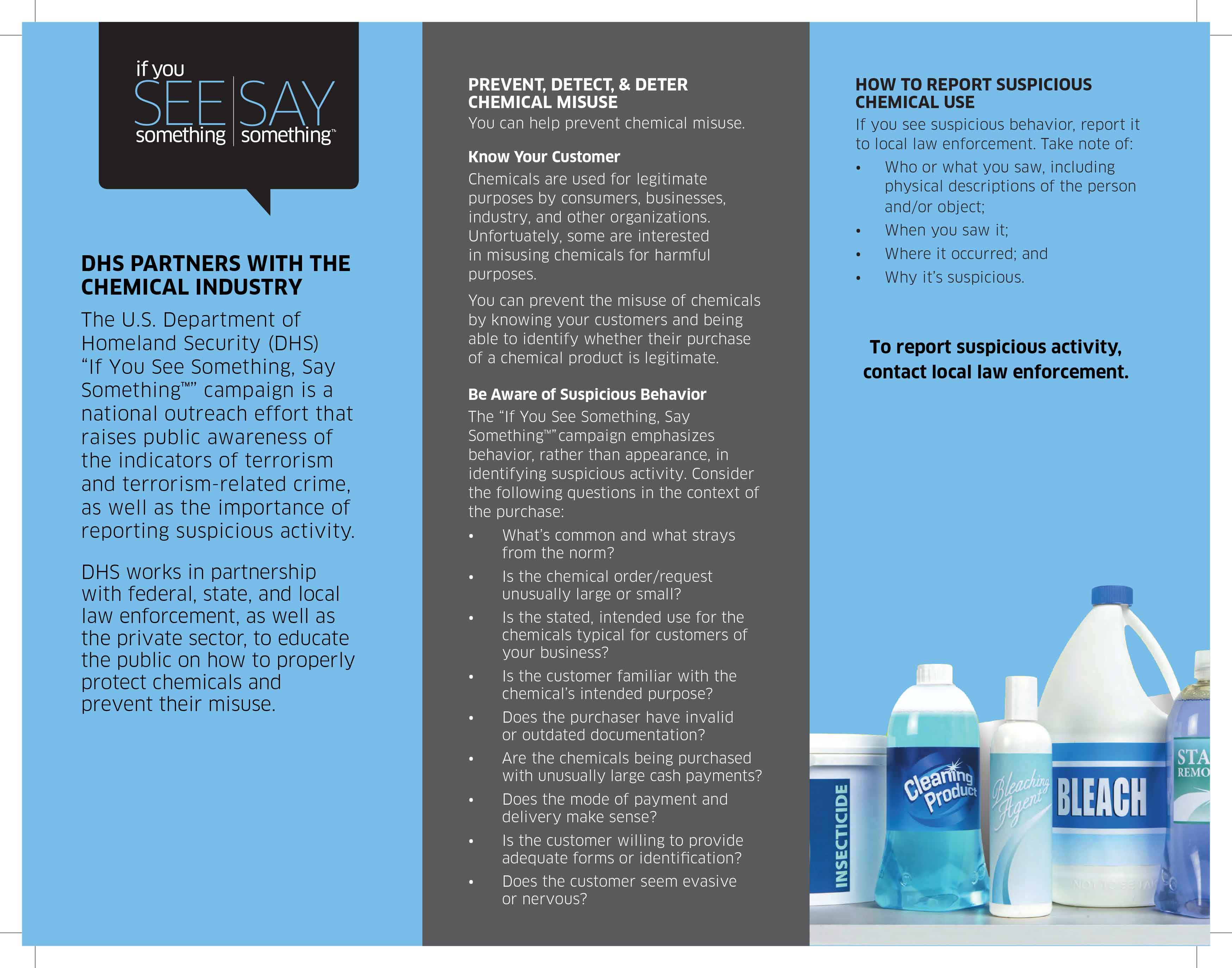 Chemical manufacturing, storage, and distribution
Chemical manufacturing, storage, and distribution- Energy and utilities
- Agriculture and food
- Explosives
- Mining
- Electronics
- Plastics
- Universities and laboratories
- Paint and coatings
- Healthcare and pharmaceuticals
ISCD leads the nation’s effort to secure America’s high-risk chemical facilities and prevent the use of certain chemicals in a terrorist act on the homeland through the systematic regulation, inspection, and enforcement of chemical infrastructure security requirements.
Read or download a printer-friendly CFATS Overview Fact Sheet.
Additionally available, the CFATS Knowledge Center is an online repository of frequently asked questions, articles, and the latest news related to the CFATS program.
If you have additional questions, please call the CFATS Help Desk at 866-323-2957 Monday through Friday (except federal holidays) from 8:30 a.m. to 5 p.m. (ET).
Learn More…
Congressional Action Needed to Renew Effective CFATS Program
Learn More…
Chicago DHSChemSecurityTalks Focus on Midwest Chemical Security















